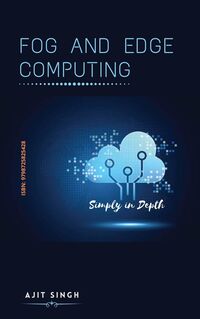Fog and Edge Computing

Description
In recent times, the number of Internet of Things (IoT) devices/sensors increased tremendously. To support the computational demand of real-time latency-sensitive applications of largely geo-distributed IoT devices/sensors, a new computing paradigm named ‘Fog computing’ has been introduced as the demerits of cloud computing lie in the velocity, bandwidth, and privacy of data. Fog computing is an extension of cloud computing, and it is one of the most important archetype in the current world. Fog computing is like cloud computing as it provides data storage, computation, processing capabilities.
IoT edge computing is significantly different from non-IoT edge computing, with distinct demands and considerations. IoT devices typically have limited data processing and storage capabilities, so substantial data processing needs to occur off the device, with the edge offering an environment to undertake this processing and manage large volumes of IoT devices and data. This, in turn, can reduce device cost, as many functions can be off-loaded to the edge. The location of the edge itself has various possibilities and will differ according to the use case. For example, the edge for IoT could reside at an operator’s local or regional data centre, at a base station or at a dedicated server on the customer’s premises.
This book features Fog and Edge Computing with respect to Cloud, Mobile, IoT and IIoT technologies from the evolution, architecture and design to implementation. All aspects have been covered with in-depth real-life and practical use cases from industry. This book covers the curriculum of the Fog/Edge Computing course at prominent global Universities / Institutions.